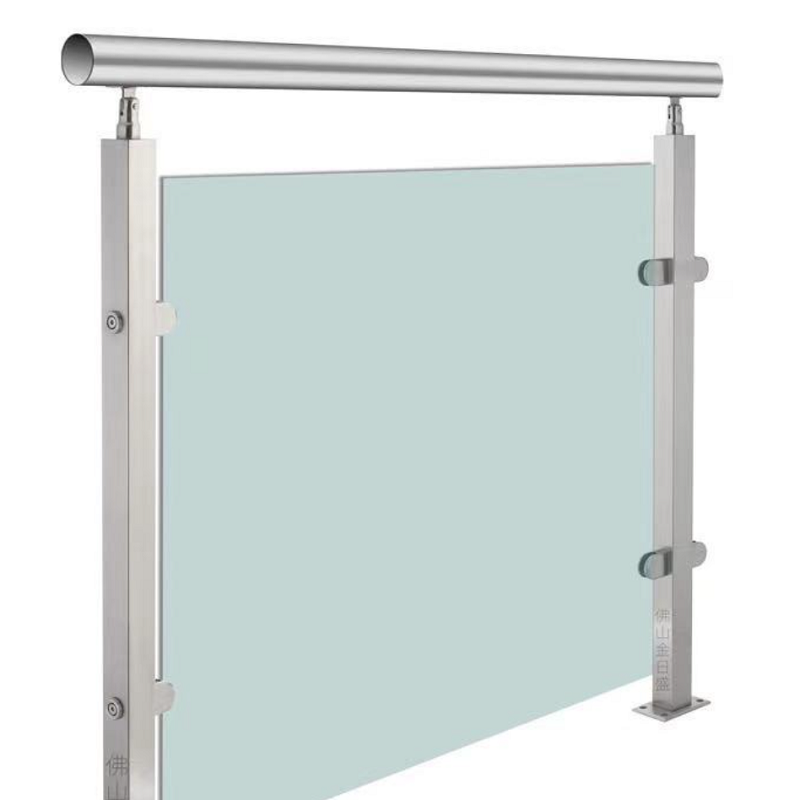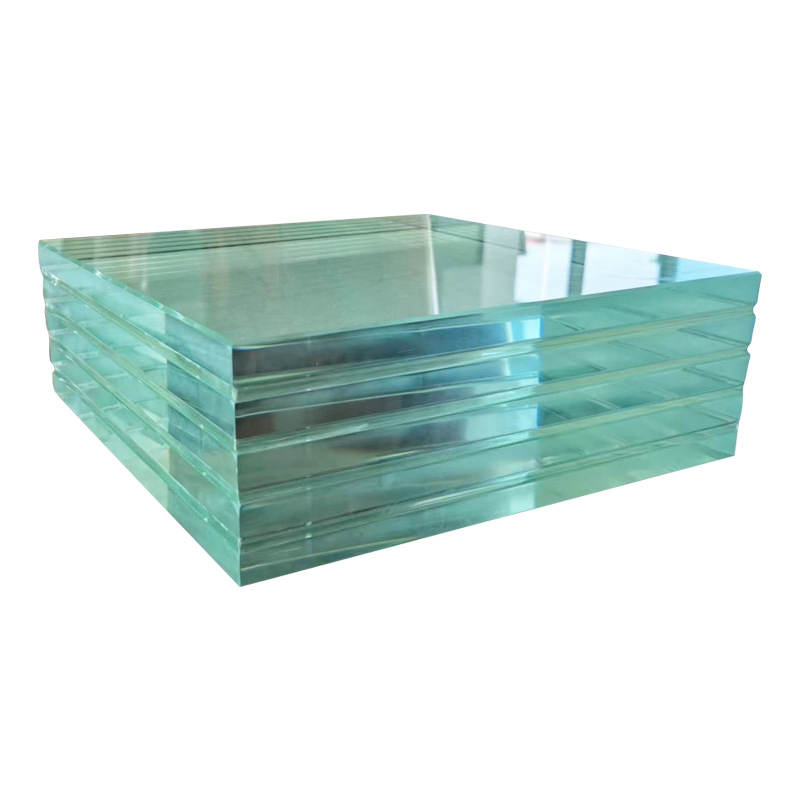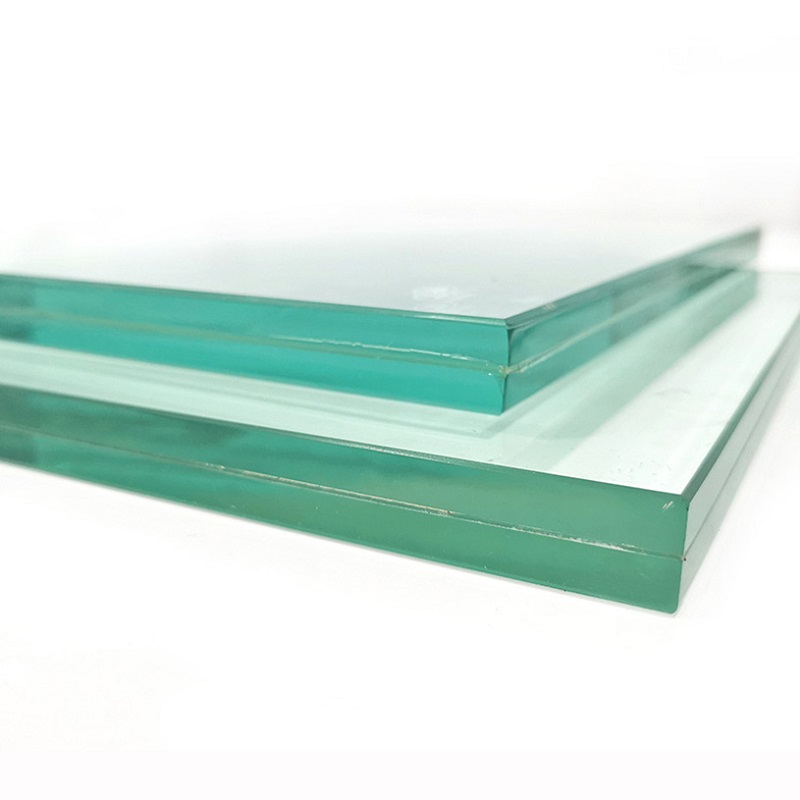How to Produce Baked Enamel Process Glass and What Are the Advantages of Baked Enamel Glass Panels?
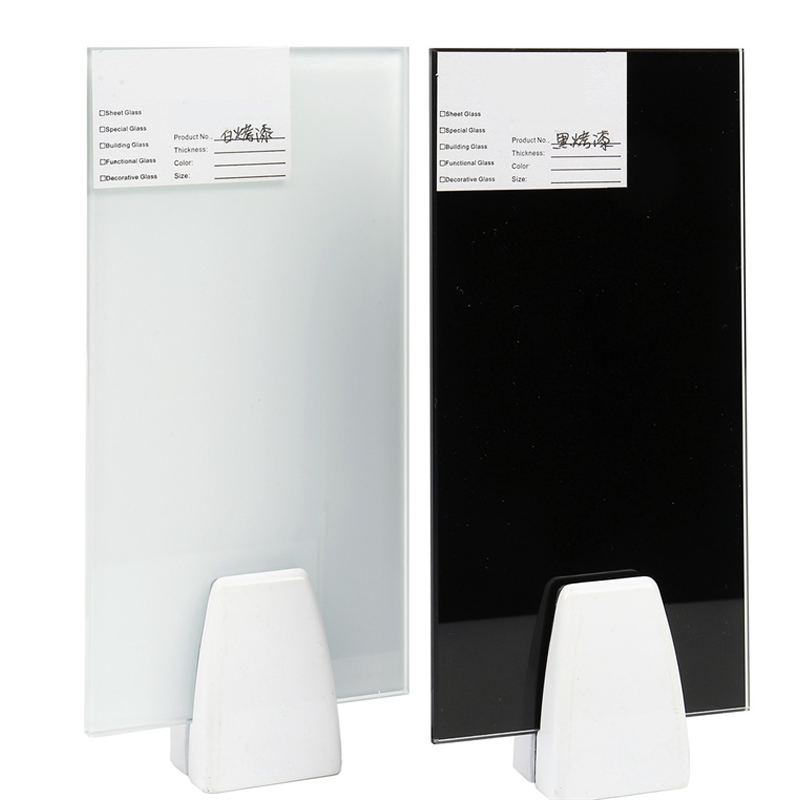
In the fields of contemporary architecture and interior design, glass has evolved beyond its basic functions of illumination and space division to become a significant medium for decorative and artistic expression. Among various types of deep-processed glass, baked enamel glasshas gained widespread popularity among designers and homeowners due to its unique texture, rich color spectrum, and exceptional moldability. It is not merely a functional material but also an important manifestation of art glass. This article provides an in-depth examination of the manufacturing process of baked enamel glass and a detailed analysis of the numerous advantages it offers as a high-quality panel material.
The Quest for Excellence: Understanding the Manufacturing Process of Baked Enamel Glass
Baked enamel glass, as the terminology suggests, centers around the "baking" process - a specialized process glass treatment technology. It represents far more than simple surface coating, constituting a sophisticated and precision-driven industrial procedure. The production methodology can be categorized into four fundamental stages:
1. Substrate Selection and Preliminary Treatment
The initial phase in baked enamel glass production involves the careful selection of premium quality glasssubstrate. Depending on application requirements, flat glass of varying thicknesses and specifications (typically 5mm, 8mm, or thicker dimensions) is chosen. The selected glass undergoes meticulous cleaning and drying procedures to ensure absolute surface purity, eliminating any contaminants including dust, oils, moisture, or particulate matter. This preparatory stage is critical as even microscopic imperfections become magnified during subsequent processing, directly impacting the final product quality and coating adhesion.
2. Spraying Technology: The Chromatic Essence
The prepared glass substrates are transferred to controlled-environment spraying chambers. Artisans utilize specialized spray equipment to apply formulated glass enamels uniformly across the glass surface. These coatings are specifically engineered with enhanced adhesion properties, weather resistance, and environmental compliance. The application demands technical precision to achieve consistent film thickness without chromatic variation, sagging, or textural imperfections. The color saturation levels and surface finishes (including high-gloss, matte, and silk effects) are precisely calibrated during this phase. This technological process enables the vibrant and pure coloration that characterizes baked enamel glassand represents the initial realization of its art glass potential.
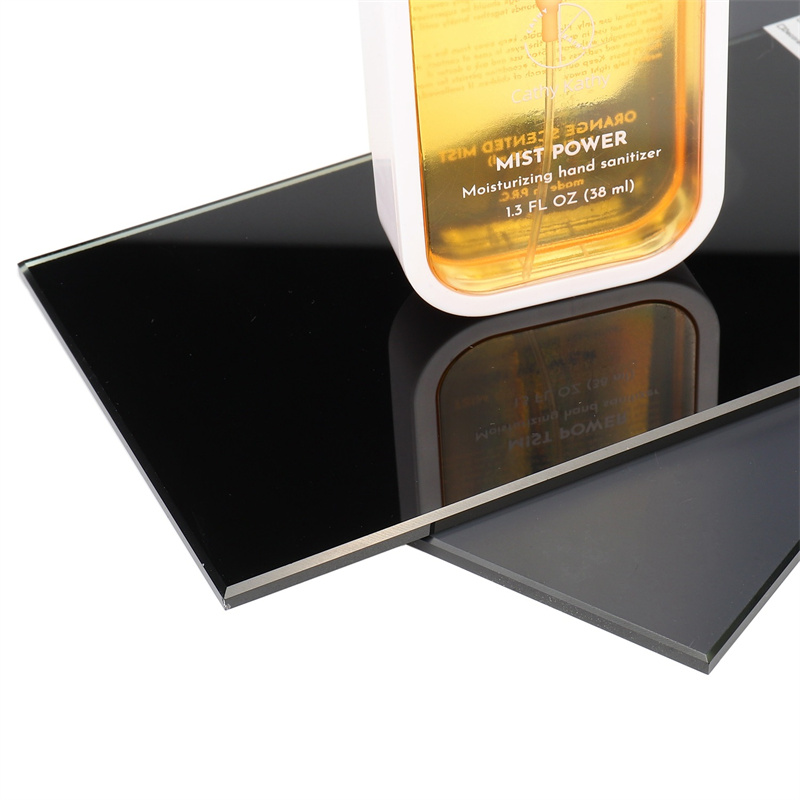
3. High-Temperature Curing: The Transformative Phase
Following the coating application, the glass enters temperature-regulated baking ovens for thermal processing. The materials undergo controlled exposure at temperatures ranging between 160°C and 180°C for predetermined durations (typically 20-30 minutes). During this thermal transformation, the chemical components within the coating undergo cross-linking polymerization, creating permanent molecular bonding with the glass substrate. The thermal curing process not only eliminates volatile compounds and moisture content but significantly enhances the coating's mechanical strength, abrasion resistance, durability, and stability. This fundamental differentiation from conventional sprayed or laminated glass treatments constitutes the core technological advantage of the baking process.
4. Cooling and Quality Assurance
Post-baking, the processed glass panels undergo controlled cooling procedures to achieve ambient temperature stability. Each baked enamel glass panel then enters rigorous quality verification protocols, including chromatic consistency evaluation, surface integrity inspection, bubble and particulate detection, and adhesion performance testing. Only products satisfying all quality parameters proceed to packaging and distribution for various applications.
Through these manufacturing stages, conventional flat glass undergoes transformation into chromatic, high-performance baked enamel glass. This sophisticated process glass technology represents the harmonious integration of industrial precision and artistic craftsmanship.
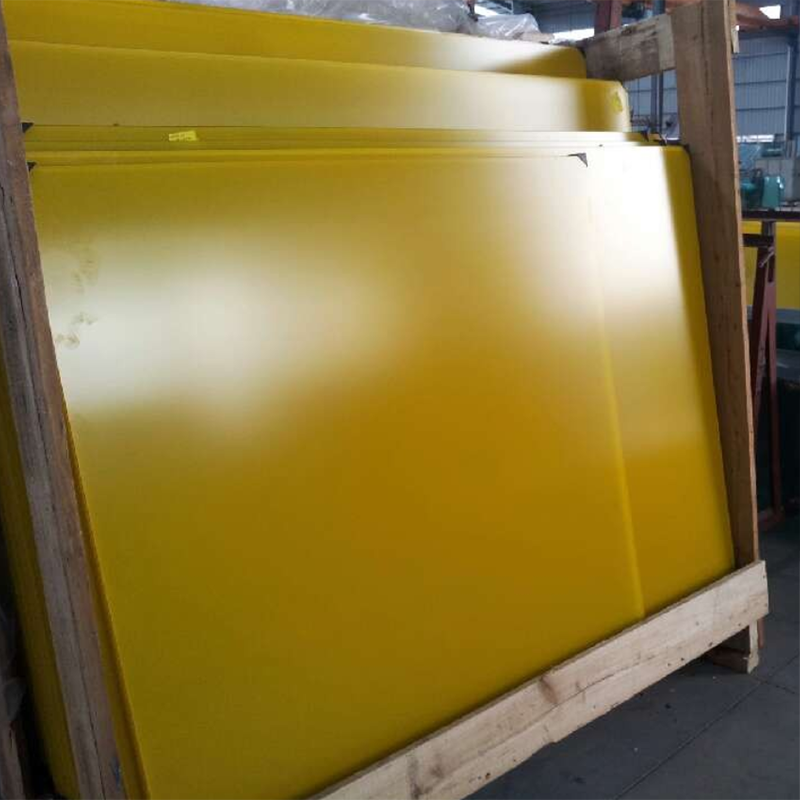
Exceptional Characteristics: The Seven Principal Advantages of Baked Enamel Glass Panels
Baked enamel glass panels, manufactured through advanced processing techniques, combine functional excellence with aesthetic appeal, demonstrating these significant advantages:
1. Chromatic Diversity and Enhanced Decorativity
The predominant advantage of baked enamel glass lies in its exceptional decorative capabilities. The technology enables custom color matching to any Pantone reference, offering virtually unlimited chromatic possibilities. Both high-gloss luxury finishes and matte sophistication can be achieved to satisfy diverse design requirements. The pure, intense, and uniform coloration combined with mirror-surface perfection significantly elevates spatial aesthetics and contemporary ambiance, establishing this material as ideal for premium art glass feature walls, partitions, and ceiling applications.
2. Weather Resistance and Long-Term Durability
The thermal curing process creates exceptionally stable coating matrices that demonstrate superior resistance to ultraviolet radiation, preventing chromatic alteration, fading, or gloss reduction over extended periods. The material additionally exhibits excellent resistance to chemical agents, withstands routine cleaning compounds and humid environments, and maintains performance characteristics significantly beyond conventional coated materials.
3. Simplified Maintenance and Cleaning Efficiency
The non-porous, smooth surface characteristics of baked enamel glass facilitate effortless cleaning and maintenance. Common contaminants including dust, oils, and markings can be removed with minimal effort using damp cloths without requiring aggressive chemical cleaners. This advantage makes the material particularly suitable for high-hygiene environments including culinary spaces, sanitary facilities, medical institutions, and laboratory installations.
4. Hydrophobic Properties and Environmental Stability
Baked enamel glass provides complete moisture barrier protection, representing a fully waterproof material solution. The material maintains dimensional and structural stability in high-humidity environments without warping, mold formation, or deterioration - characteristics unattainable with wooden or plasterboard alternatives. This establishes its superior performance in moisture-prone applications including bathroom installations, kitchen environments, and aquatic facilities.
5. Environmental Compliance and Safety Assurance
Premium quality baked enamel glass utilizes environmentally compliant coating systems. The thermal processing eliminates volatile organic compounds, resulting in odor-free, non-toxic products that satisfy contemporary green building and healthy living standards. The inherent non-combustibility of the glass substrate combined with Class A fire rating certification significantly enhances safety performance.
6. Structural Enhancement and Application Versatility
While mechanical strength primarily depends on substrate specifications, the applied coating contributes additional surface hardness and scratch resistance. Baked enamel glass can be engineered into various configurations including flat, curved tempered, or laminated structures, serving both decorative and functional applications. The material's adaptability spans interior wall systems, countertop solutions, furniture components, and architectural facades, demonstrating exceptional application diversity.
7. Unlimited Artistic Potential
As a significant category within the art glass classification, baked enamel glass offers creative possibilities extending beyond monochromatic applications. Integration with other process glass techniques including screen printing, acid etching, and metallic coating enables complex artistic expressions through patterns, textures, and gradient effects. This provides designers with infinite creative opportunities for personalized customization, establishing the material as a focal artistic element in spatial design.
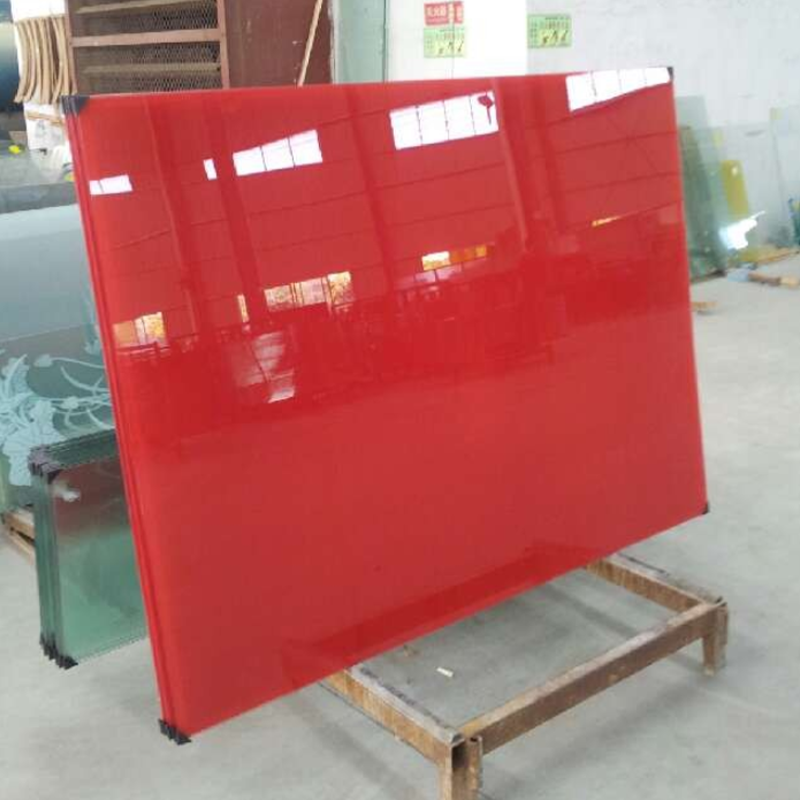
Conclusion
Baked enamel glass represents a significant advancement in contemporary process glass technology. Through precision coating application and thermal processing methodologies, it successfully integrates the transparency of glass with modern coating technology, creating premium decorative materials that excel in both performance and aesthetics. The manufacturing craftsmanship, combined with the material's chromatic excellence, durability, and functional versatility, ensures its competitive distinction in advanced markets. As requirements for spatial aesthetics and material performance continue to evolve, baked enamel glass as both functional solution and artistic art glass medium will continue to demonstrate growing significance in design innovation, creating new possibilities for aesthetic expression and technical application.
art glassart glassart glassart glassart glassart glassart glassart glassart glassart glassart glassart glassart glassart glassart glassart glassart glassart glassart glassart glassart glassart glassart glassart glassart glassart glassart glassart glass


